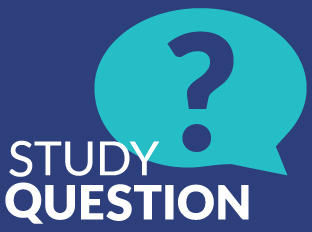Submit your answer to info@solomonexamprep.com to be entered to win a $10 Starbucks gift card.
Question
Relevant to the Series 7, Series 6, and Series 52.

The “tax equivalent yield” tells an investor:
A. How much lower a yield he can accept from a corporate bond.
B. The impact of his Federal tax bracket on a municipal bond he purchases.
C. The risk-adjusted difference in par value of a corporate bond versus an insured municipal bond.
D. What the yield on a corporate bond would need to be to be equivalent to the yield of a municipal bond.
Answer: D. Given the fact that municipal bonds are exempt from federal tax, an investor can afford to accept a lower yield on a municipal than on a comparable corporate bond. For a taxpayer in the 30% tax bracket, a corporate bond yielding 5% offers the same after-tax return as a tax-free bond yielding 3.5%. The “tax equivalent yield” of the corporate bond is calculated by taking the yield of the municipal and dividing by 1 minus the tax rate. 3.5%/(1 – .30) = 5%. We can look at it from the corporate bond’s yield as well. The taxpayer pays 30% of the interest earned on a corporate bond in taxes, leaving him with 70% of the original interest. 70% of 5% equals 3.5%.

D. What the yield on a corporate bond would need to be to be equivalent to the yield of a municipal bond.
What the yield on a corporate bond would need to be to be equivalent to the yield of a municipal bond.
D
D. What the yield on a corporate bond would need to be to be equivalent to the yield of a municipal bond.
D. What the yield on a corporate bond would need to be to be equivalent to the yield of a municipal bond.